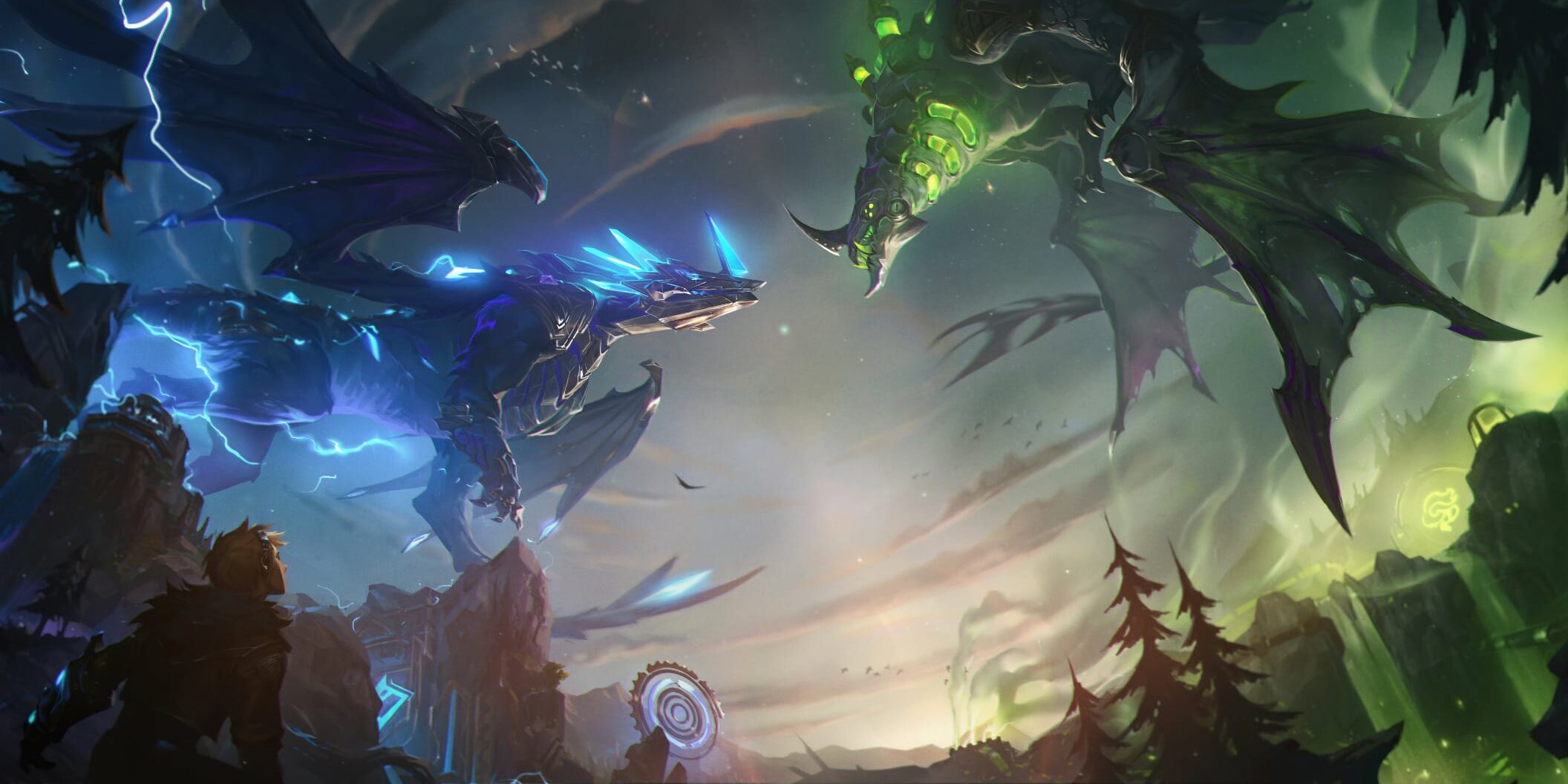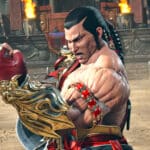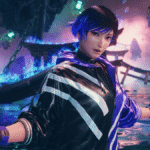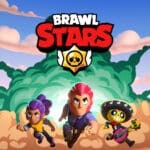Some of the dragons are much more impactful than others and this should impact people’s play more than it currently does. There is a massive difference in effective utility in different souls and dragons depending on how your team composition plays into the opponent’s composition. So, in certain cases it is almost good to give up dragons and the soul if you can get something for it. But players often fight for dragons regardless if they should or not, as if they just have to.
Key Takeaways from Which are the Best Dragons and Souls
- Chemtech Dragons are incredibly strong for enchanters, meh for rest. Chemtech Soul is underwhelming.
- Cloud Dragons are hard to utilize effectively and its soul can be very strong or useless depending on characters.
- Ocean Drake is useful overall, but much better for some compositions and matchups. Ocean Soul essentially the same.
- Mountain Dragon very strong for beefy characters and front to back compositions. Mountain Soul is strong for everyone.
- Infernal Drakes are just flat damage, so good for everyone. Infernal Soul the same.
- Hextech Dragons good for everyone and Soul is probably the best one for most.
Playing around objectives is more fun in an competitive environment or with a team — two things our zleague app can help you with.
Table of Contents
Cloud: Good or Meh
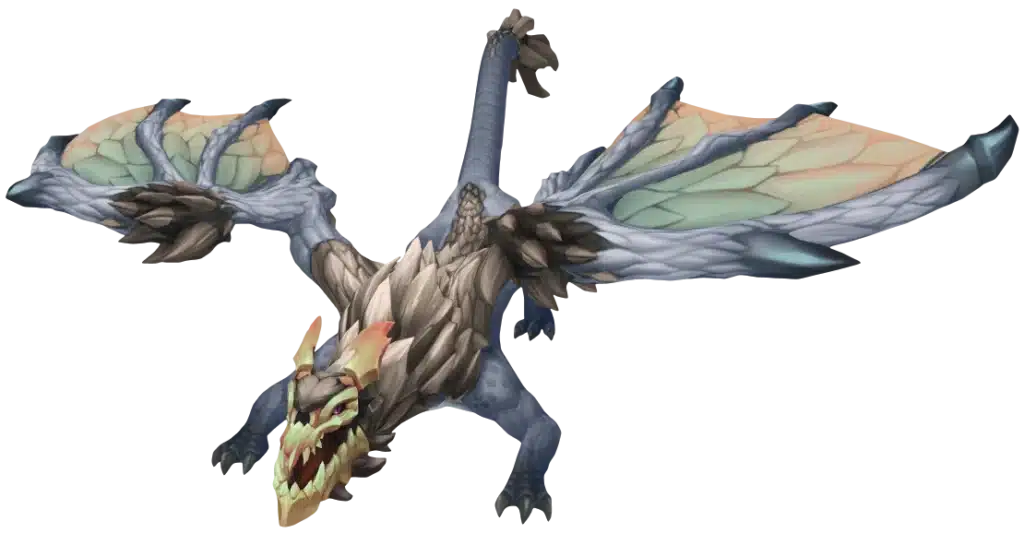
Cloud Dragon gives percentage slow resist and out of combat movement speed. The Cloud Soul gives bonus movement speed, which is significantly increased for 6 seconds after using your ultimate.
By many, Cloud is seen as the worst drake and soul. Movement speed is a very useful stat — no doubt — but only very certain champions would prefer it over flat damage or survivability. The dragons are understandably underwhelming as out of combat movespeed is hard to make as useful as combat stats.
The soul can be incredibly powerful for certain champions and compositions and essentially useless for others. Characters that use movement speed to do damage or survive like Vladimir, Lilia and Darius where just the flat movement speed is very powerful as it effectively gives you straight up survivability and damage. But for most compositions, it is hard to see Cloud Soul being stronger than most of the other ones.
Chemtech: Underwhelming for most
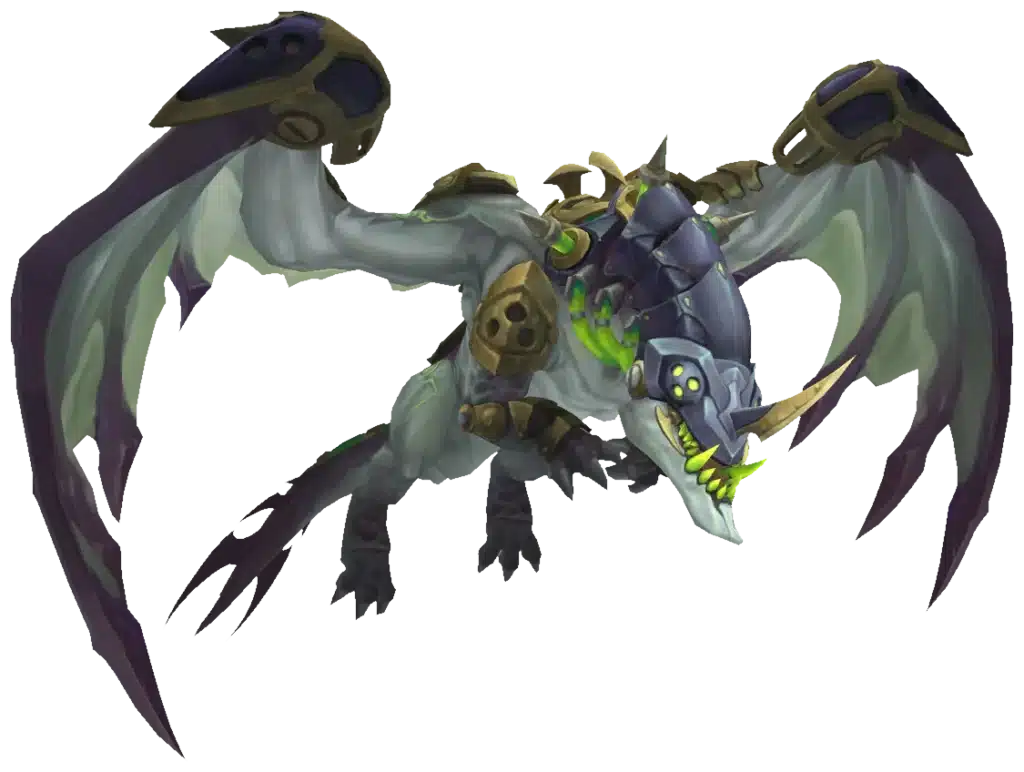
The new Chemtech Drake gives percentage bonus tenacity and heal and shield power. While the Chemtech Soul gives a buff that when you are below 50% health, gain percentage damage reduction and damage increase.
Many consider the new Chemtech soul to be one of the weakest ones, which is most likely true, while it is useful for most characters, it is a bit underwhelming if you compare it to a Mountain soul or Hextech soul. This makes sense in terms of how it works — most damage dealers do most of their damage at 50% or below health — so it mainly suits characters that trade health in fights. So, this soul is mainly useful for bruisers, tanks, battlemages. The numbers may currently be a bit weak on a team-wide level, but it may be hard to balance. Overall it is probably the actual worst soul. The Chemtech dragons are incredibly strong for enchanters, but underwhelming for the rest.
Ocean Soul: Probably Overrated
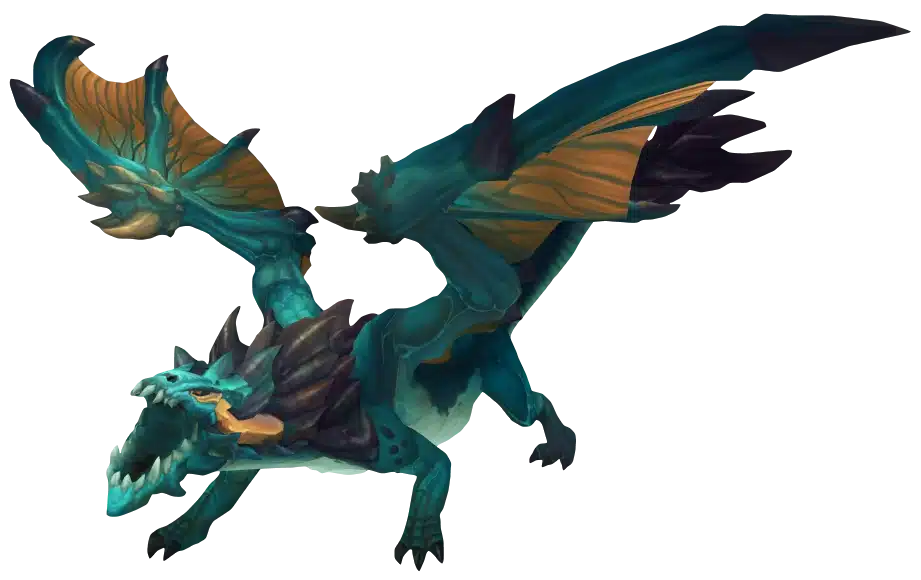
The Ocean Dragons gives you health regeneration based on percentage missing health over 5 seconds. Ocean Soul gives you a buff that causes dealing damage to enemies restores health and mana.
Ocean soul is essentially good for everyone, but its power varies heavily based on how the fights play out. A full on dive comp does not get that much out of it most of the time. But for and against poke compositions, it is incredibly useful. The Ocean dragon is mainly useful for skirmish or poke comps or when facing them. It is not as useful in front to back fights. Overall it is very powerful for champions that use health to deal damage and for tanks.
Mountain Soul: Good for Most, Incredible for Some
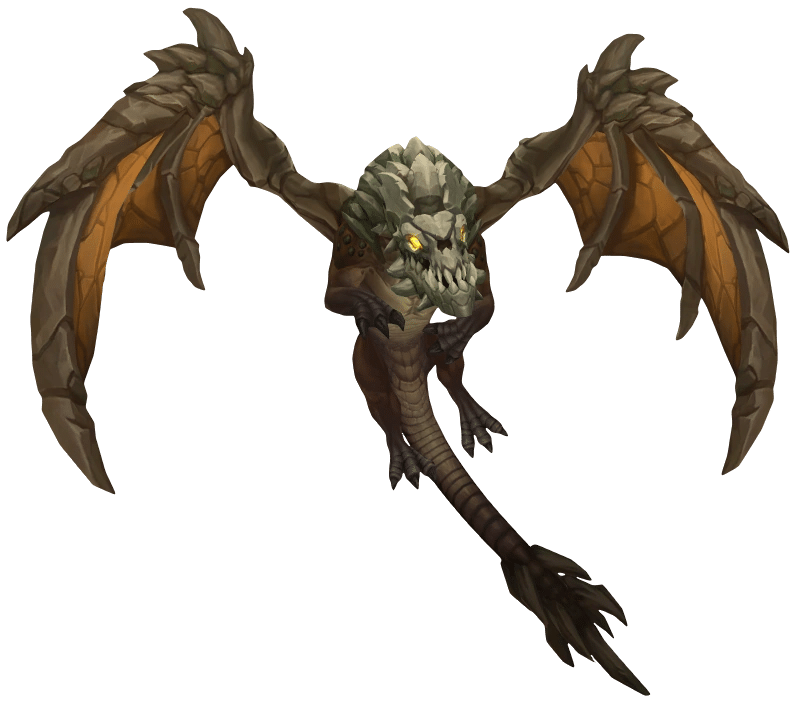
The Drakes of the Mountain variety give percentage bonus armor and magic resistance. While Mountain Soul gives a shield after 5 seconds of not taking damage.
The Mountain Drake is of course, mainly useful for characters that build armor and resistances, like bruisers and tanks. This is particularly strong in front-to-back fights. But the soul is useful for everyone, as it increases staying power in a fight and counteracts poke. Just how strong it is depends on the stats. Currently it is probably in the top three.
Infernal Soul: Always Good.
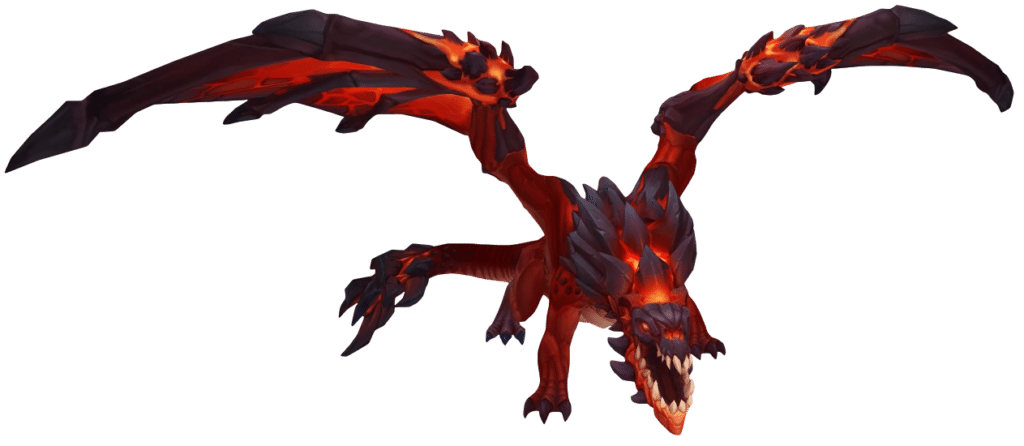
The Infernal Dragons give you percentage extra bonus AD or AP. Infernal Soul makes auto attacks and abilities cause extra damage every 3 seconds.
Infernal drake is unilaterally good: everyone likes extra damage and it is really good in every team comp. The Infernal Soul is strong as well, though it is worse than the Hextech Soul, as it is simply damage and no utility. Just a damage boost can be negated in a fight if you outplay the opponents and you engage on them. Therefore it is a very good soul, but not the best one.
Hextech Soul: Busted?
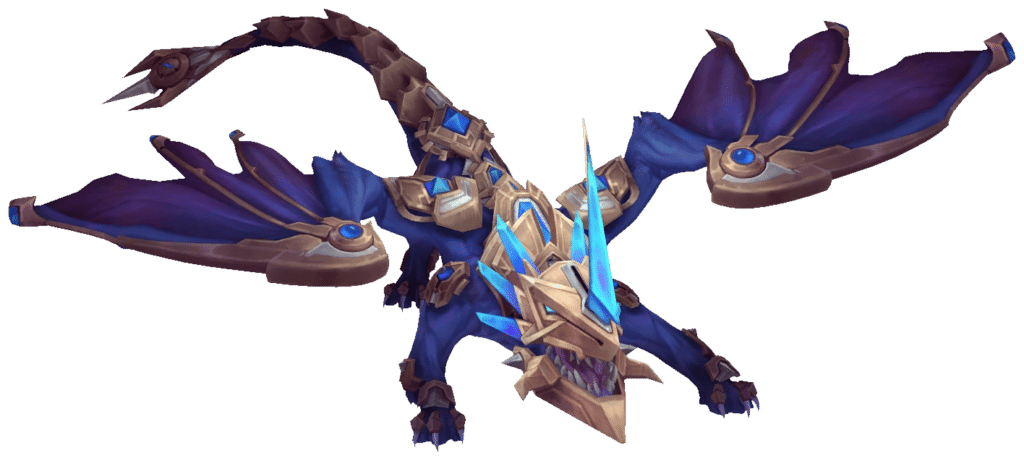
Hextech Drake grants percentage ability haste and attack speed. And Hextech Soul makes abilities and auto attacks deal bonus true damage and slow target and potentially 3 additional targets with a cooldown of 8 seconds.)
Hextech Soul is by most, considered the strongest as it gives strong damage that’s true damage together with a slow, that arcs from the target. This utility together with the damage means that it will always be one of the better ones. Even the dragons are always useful as most characters gain from ability haste — and all team comps do.
Most of us just turn our brains off and try to take dragons until we realize that the soul is coming up and then we remember to consider how strong it is. But it is worth considering how either team benefits from certain dragons and souls beforehand, as not taking a dragon is a 2 dragon swing worth of stats, as dragons are a zero-sum game. These stats really add up if you take it across a team of 5 players and the fact you can stack several dragons. You should also consider the dragons that are broken for certain compositions like Mountain and Ocean for tanky comps or Chemtech for enchanters.
